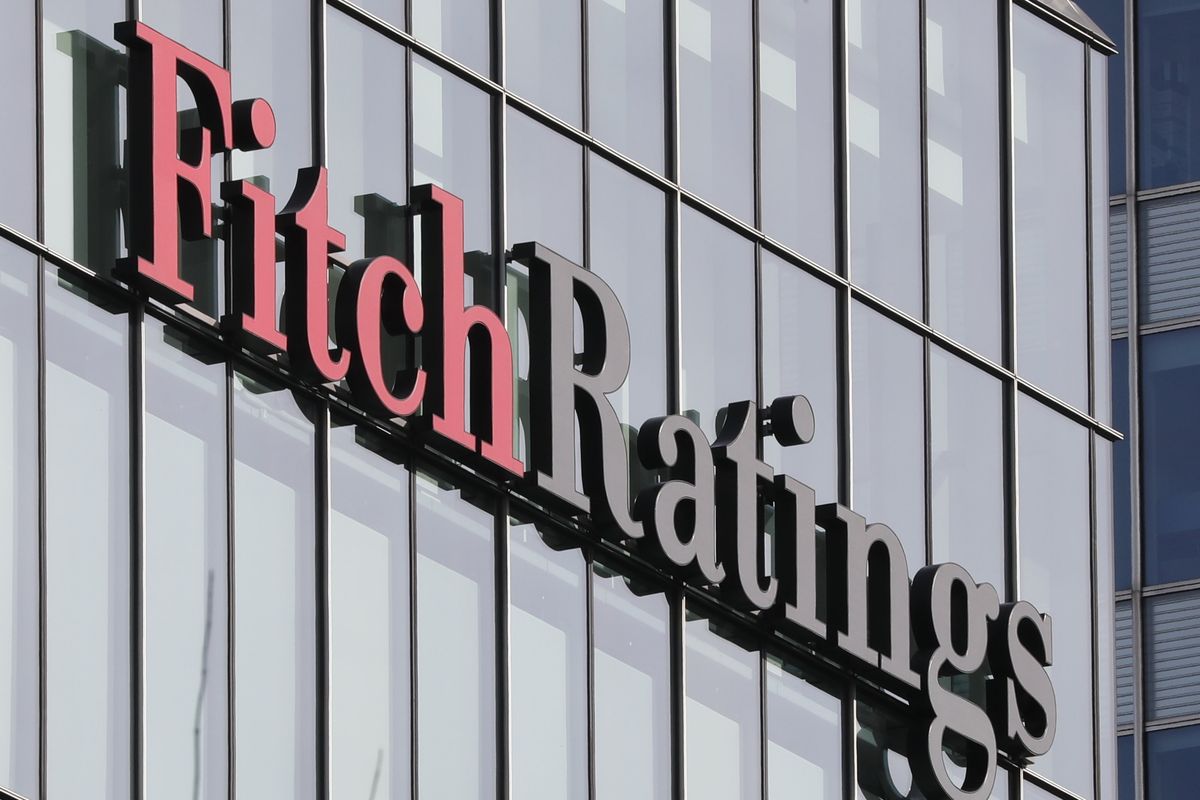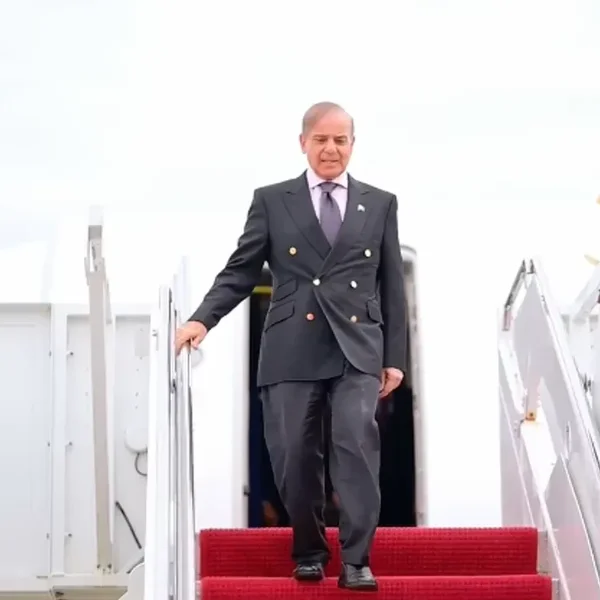US reciprocal trade policy increases uncertainty over tariffs and global trade: Fitch
Ratings agency warns of rising economic risks for major US trading partners as tariff policies broaden in scope
Business Desk
The Business Desk tracks economic trends, market movements, and business developments, offering analysis of both local and global financial news.

The United States’ new reciprocal trade policy could introduce higher tariffs and economic uncertainty for key trading partners, particularly emerging markets and export-driven economies, according to a report by Fitch Ratings.
The policy, unveiled on February 13, expands the criteria for evaluating fair trade beyond tariff comparisons, now including value-added taxes (VAT), non-tariff barriers such as subsidies and regulations, exchange rates, and wage suppression. This broad assessment raises the risk of higher and more unpredictable tariffs, which could impact economies with significant export exposure to the US.
According to Fitch Ratings, emerging markets that maintain high import tariffs on US goods — such as India — and have large trade surpluses with the US could be especially vulnerable. The difference in tariff structures between the US and its emerging market trading partners is often larger than that for developed nations, making them prime targets for reciprocity-driven tariff adjustments.
However, even European economies could be affected due to their high VAT rates, which could be viewed as a competitive disadvantage under the US administration’s broader trade assessment. This adds another layer of tension to already strained US-EU trade relations.
The United States-Mexico-Canada Agreement (USMCA), which is scheduled for review in 2026, could also face complications under the new trade framework. Meanwhile, the African Growth and Opportunity Act (AGOA), which provides preferential trade access to the US, is set to expire in September 2025 unless renewed — potentially exposing African economies to new trade barriers.
Rising tariffs and global economic impact
Fitch Ratings’ December 2024 Global Economic Outlook factored in a US protectionist shift, predicting that the effective US tariff rate would rise from 2.3% in 2024 to nearly 8%. However, the report warns that the risk of even sharper tariff hikes is growing, with broader consequences for global economic growth.
Higher tariffs are expected to disrupt supply chains, increase trade costs, and weaken demand, affecting sovereigns heavily reliant on exports to the US. The uncertainty surrounding US trade policy also raises indirect risks for economies dependent on global trade flows.
While the US government has signaled a willingness to negotiate with individual trading partners, the scale and scope of future tariff increases remain unclear.
The introduction of country-specific tariffs, rather than universal ones, could also lead to trade diversion, where exporters shift their focus to alternative markets, further complicating global trade dynamics.
With initial assessments expected to conclude by April 1, the global economic landscape faces increased volatility as policymakers and businesses brace for potential disruptions in US trade relations.










Comments
See what people are discussing